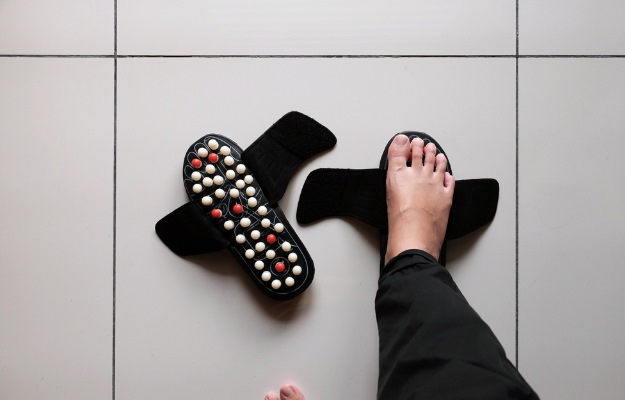It is normal to shed 50 to 100 hair strands in a day; some individuals may even lose more hair than that sometimes. However, when an unwarranted and abrupt relative increase in the loss of hair (estimated by the presence of more hair in the drain, comb or clothing) is noted, an underlying cause can be suspected. Hair loss can be temporary (when lost hair regrows) or permanent. When excessive hair loss becomes a cause of concern for the patient, medical care should be sought from a physician or dermatologist. Causes of hair loss can include hormonal imbalance (due to pregnancy, menopause, thyroid disorders or discontinuing contraceptive pills), autoimmune diseases (like alopecia areata, lupus, lichen planus), infections (like ringworm disease of the scalp), side effects of certain medicines, acute stress, psychological disorders like trichotillomania (hair-pulling disorder) and nutritional deficiencies.
Platelet-rich plasma (PRP) is a concentrate of plasma protein with platelets in it. It is derived from whole blood that has been centrifuged to remove red blood cells from it. Evidence suggests that injection of platelet-rich plasma derived from the patient into their scalp can increase the blood flow and provide the nourishment needed to stimulate the growth of hair. Platelet-rich plasma contains growth factors that positively influence cell proliferation, cell differentiation, chemotaxis and intracellular matrix synthesis, all of which are needed in effective wound healing and tissue regeneration. Two kinds of platelet-rich plasma are available – activated platelet-rich plasma and non-activated platelet-rich plasma. Activation of platelet-rich plasma essentially aims to bring about the degranulation (or activation) of platelets in order to release bioactive compounds that initiate the healing cascade in damaged tissues. Three methods are widely used to activate platelet-rich plasma – the addition of calcium products like calcium gluconate, thrombin or type 1 collagen. Studies have shown that activated platelet-rich plasma has more efficient therapeutic results than non-activated platelet-rich plasma.
Relying on these favourable properties, platelet-rich plasma concentrate injections have been used for many treatments including cosmetic procedures in dermatology and plastic surgery, as well as in the treatment of musculoskeletal injuries like arthritis and tendinitis. Platelet-rich plasma injections have also been used for promoting hair growth. Injections of platelet-rich plasma can be used on their own or as an adjunct to other hair loss treatment procedures like hair transplant. As with all hair loss treatment procedures, platelet-rich plasma (PRP) therapy is an elective procedure that is not required medically and can prove to be expensive.




























